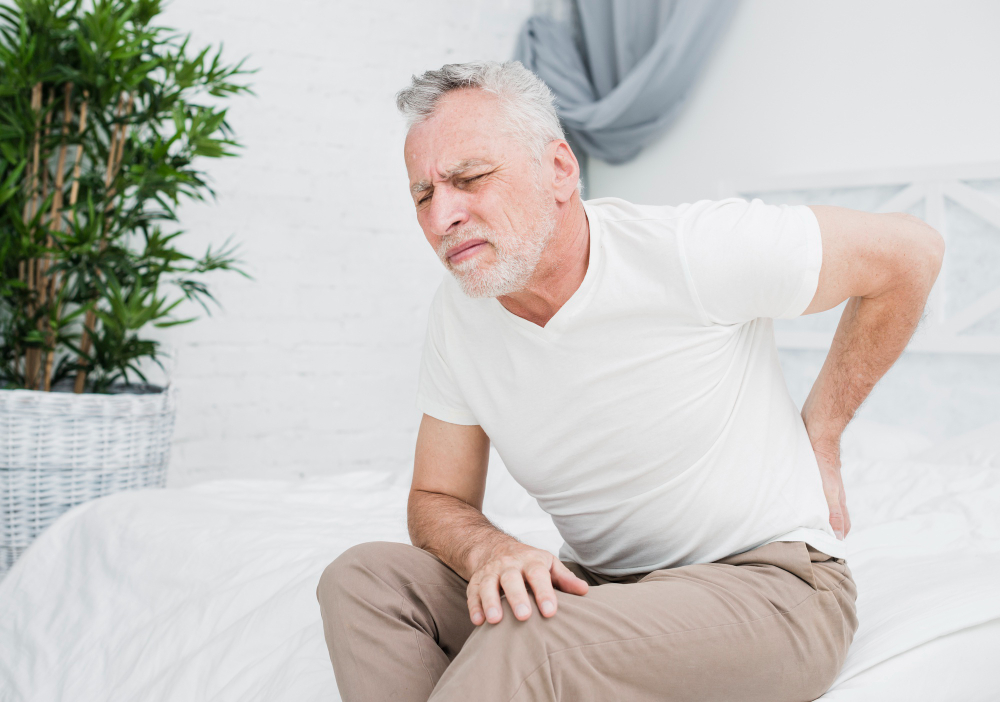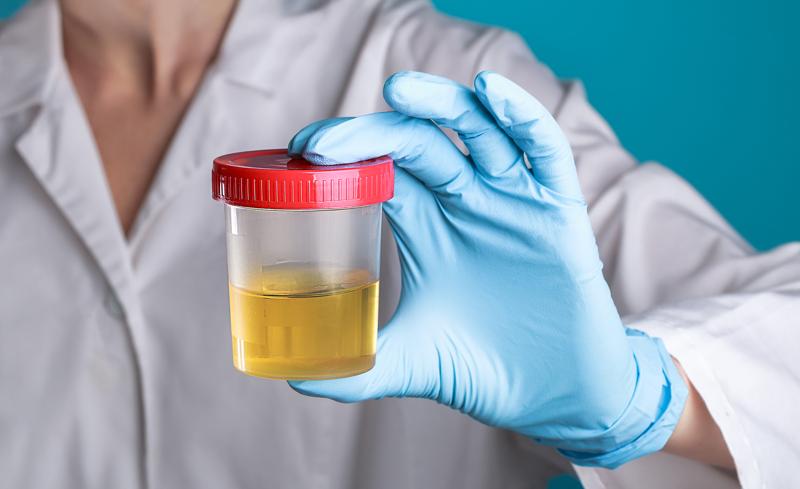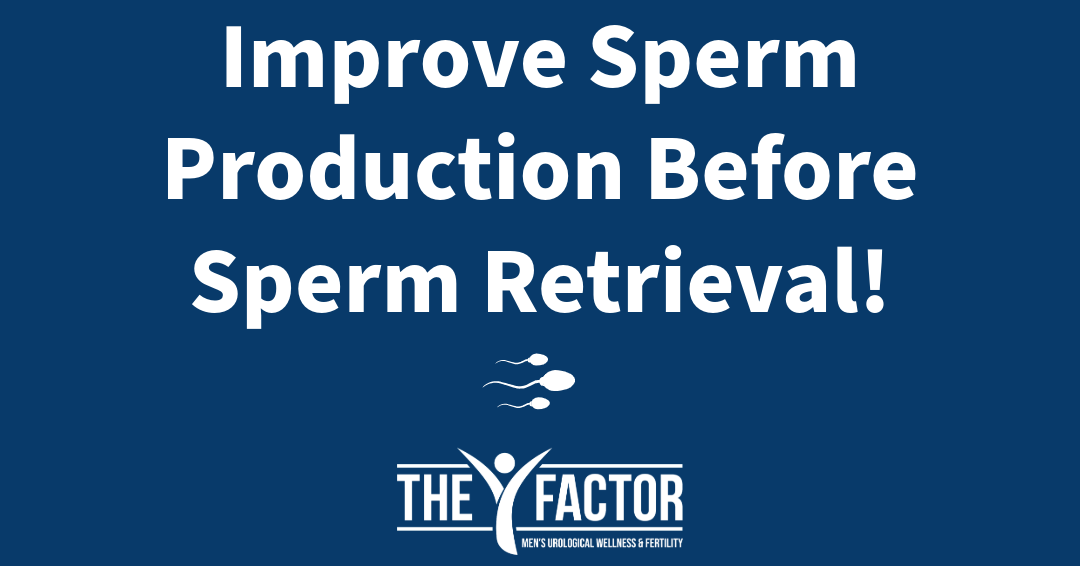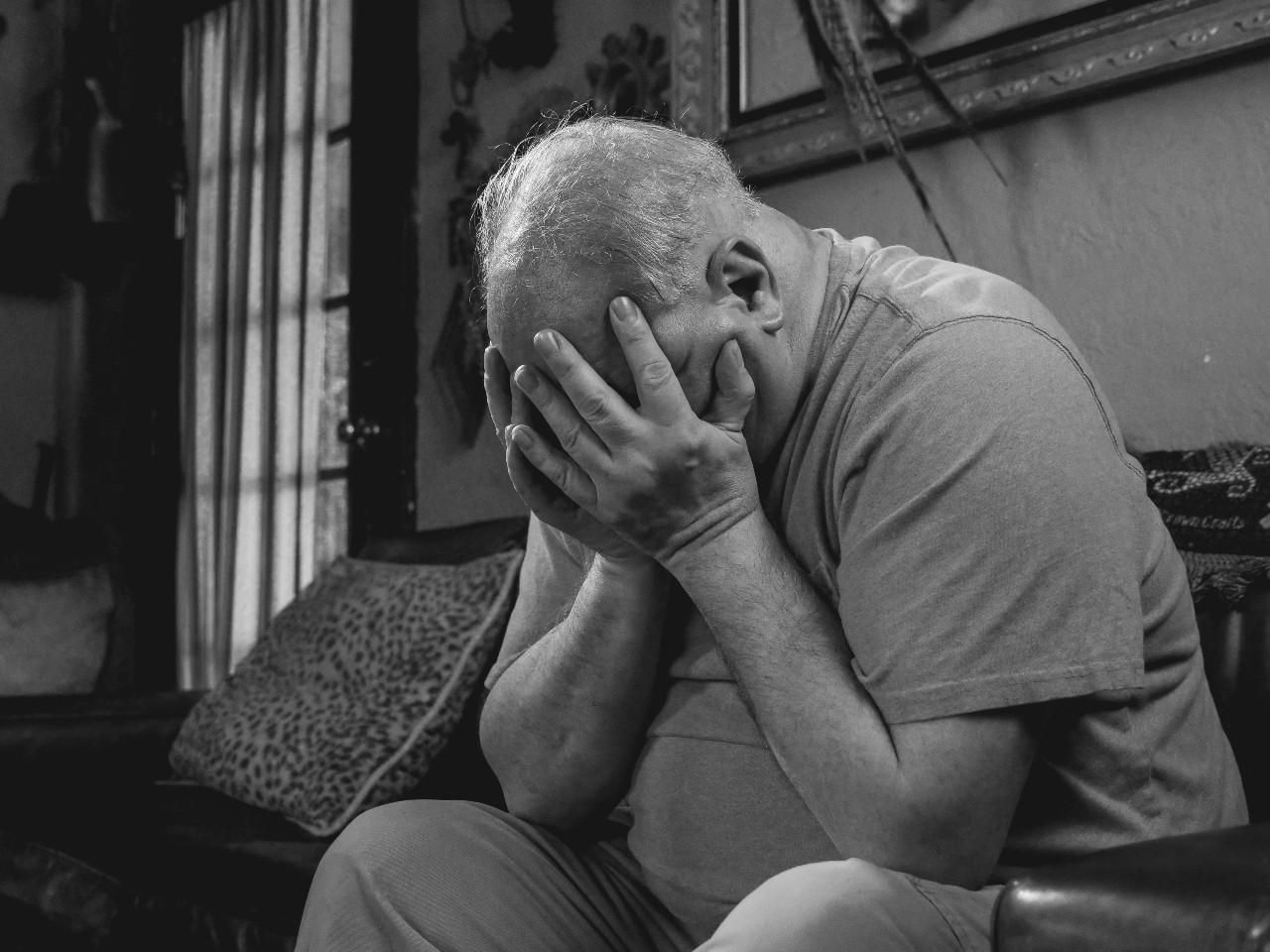How The Y Factor Can Help with Obstructive Uropathy


A common problem encountered by urologists and emergency room doctors is obstructive uropathy or a urinary tract obstruction of the urinary flow. Obstruction can occur secondary to stones, tumors, structures, anatomical abnormalities, or functional abnormalities. Urinary tract obstruction can occur at any part of the urinary tract system and it can consist of partial obstruction or complete obstruction. Presenting signs and symptoms are dependent on the location of the obstruction and the type of obstruction and can include, for example, back, flank, or groin pain, trouble voiding, hesitancy, frequency, and incomplete emptying. Secondary signs and symptoms may also be present and can include, for example, fever, chills, dysuria, nausea, vomiting, and kidney failure.
Patients will usually decide to be evaluated due to pain, nausea, vomiting, and in some cases are still able to void; in other cases, they present with complete obstruction and are not able to void. Patients that require immediate attention are those with complete obstruction, any type of obstruction of a solitary kidney, obstruction accompanied by fever and/or infection, and patients with kidney failure.
Obstruction can lead to backing up of the urinary system which may cause subsequent accumulation of urine proximal to the point of obstruction. This can cause distention of the ureters and it can lead to kidney injury and pain. The severity depends on the degree and duration of obstruction. In addition, urinary stasis can increase the risk for stone formation and urinary tract infections.
To aid in searching for the cause of obstruction we divide the urinary tract system into the upper and lower systems. The upper starts at the kidneys and ends when the left and right ureters reach the bladder. The lower system starts at the bladder and ends at the distal urethra where urine leaves the body. Upper obstruction is most commonly caused by kidney stones, blood clots, tumors, or shed cells. These obstructions present acutely leading to severe renal colic with flank pain, hematuria, nausea, vomiting, and sometimes fever. Lower obstruction, in men, is usually caused by an enlarged prostate or urethral strictures.
The physical exam should include palpating the lower back and kidney areas and checking for costovertebral angle tenderness. A digital rectal exam is indicated in men and can reveal prostate pain or tenderness and/or an enlarged prostate. Meatal stenosis is usually easily noted on the physical exam.
Laboratory and imaging studies may include a urinalysis (UA) to look for possible infection or hematuria. WBCs or positive nitrite or leukocytes in the UA should be followed by a urine culture. Red blood cells in the UA may indicate the presence of infection, stones, or tumors and should prompt further evaluation. UA results with gross hematuria should lead to further evaluation with a cystoscopy, urine cytology, and upper tract imaging to rule out malignancy. A basic metabolic panel is also indicated to determine renal insufficiency. A kidney-uterine-bladder (KUB) Xray can rule out stones. Kidney and bladder ultrasound is also of value and can help to look for masses, hydronephrosis, distended bladder, and kidney stones without exposing the patient to radiation. A CT, although it exposes the patient to higher levels of radiation, can provide more detail. Cystoscopy can look for abnormalities in the urethra, prostatic urethra, bladder neck, and in the bladder with direct visualization.
Treatment is dependent on the cause and location of the obstruction and can include medications, catheter placement, and surgery. Follow up care is necessary. For example, to make sure obstruction has resolved and kidney function returns to normal, Prognosis is dependent on the cause, location, severity, and duration of the obstruction. Longer duration of obstruction, greater severity, and the presence of concomitant infection and kidney injury can lead to worsening prognosis. The opposite is true if obstruction and infection are relieved early on and if kidney function is normal.
If you think you may be having obstruction or obstructive voiding symptoms, do not wait, the sooner you are evaluated the better the outcome. We can help at The Y Factor with a full and thorough evaluation.

Select Your Men's Health Specialist, Book Instantly
Find expert urologists and men's health professionals who understand your unique needs.
Our streamlined platform helps you connect quickly and confidentially.
Personalized Treatment Plans
Receive tailored recommendations and therapies specifically designed to address your individual health needs.
Ongoing Support & Follow-up
Benefit from continuous care, including regular progress reviews and expert guidance throughout your wellness journey.

.jpg)
.jpg)
.jpg)








